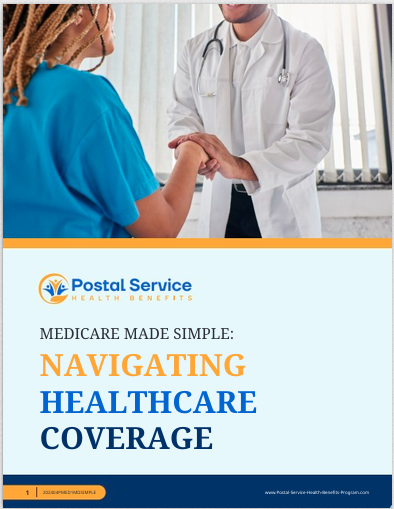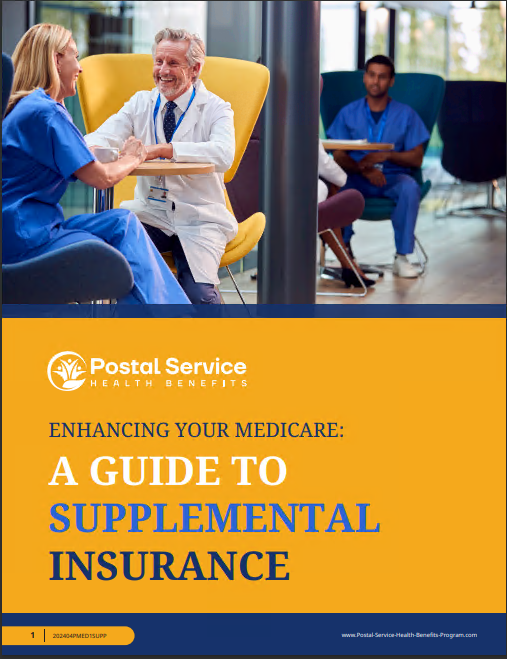Key Takeaways
- New Postal Health Benefits offer distinct features that differ from traditional federal health plans, emphasizing tailored coverage for postal employees.
- Understanding the nuances between Postal Health Benefits and Federal Employee Health Benefits (FEHB) plans can help employees make informed choices regarding their healthcare needs.
Here’s How the New Postal Health Benefits Stack Up Against Traditional Federal Plans
As the landscape of health benefits for federal employees continues to evolve, a significant development has been the introduction of new Postal Health Benefits, specifically designed for U.S. Postal Service (USPS) employees and retirees. This shift has sparked discussions on how these new plans compare to the traditional Federal Employee Health Benefits (FEHB) plans, which have been the cornerstone of healthcare coverage for federal workers for decades. For postal employees, understanding the differences between these plans is crucial for making informed decisions about their healthcare.
Understanding Postal Health Benefits
The Postal Service Health Benefits (PSHB) program was established as part of the Postal Service Reform Act of 2022. This program, set to begin in January 2025, creates a distinct category of health benefits exclusively for USPS employees and retirees. The PSHB is designed to align more closely with the unique needs of postal workers, offering coverage options that reflect the specific risks and demands associated with their jobs.
Key Features of Postal Health Benefits
- Tailored Coverage for Postal Employees: The PSHB program provides coverage that considers the unique health risks and needs of postal workers. This includes specialized options that might not be available under the traditional FEHB plans.
- Separate Risk Pool: Unlike the FEHB, where postal employees shared a risk pool with other federal employees, the PSHB creates a separate risk pool for postal workers. This could lead to more stable premium costs specifically tailored to the health risks and needs of the postal workforce.
- Mandatory Medicare Enrollment: One of the most significant changes with the PSHB is the requirement for future retirees to enroll in Medicare Part B. This integration aims to reduce the overall cost burden on the PSHB by leveraging Medicare for primary coverage once postal employees retire.
- Provider Networks: The PSHB plans are expected to maintain similar provider networks to those under the FEHB, ensuring continuity of care for employees who transition from FEHB to PSHB plans.
Comparing PSHB to FEHB Plans
When comparing the new Postal Health Benefits to the traditional FEHB plans, there are several critical aspects to consider, including coverage options, cost, and how the plans address the specific needs of postal employees versus the broader federal workforce.
Coverage Options
The FEHB program has long been known for its wide range of coverage options, offering various plans that cater to different needs, from high-deductible plans with health savings accounts to comprehensive coverage with low out-of-pocket costs. The PSHB, while more tailored to postal employees, is expected to offer fewer plan options compared to the FEHB, focusing more on plans that meet the specific needs of postal workers.
Specialized Coverage: PSHB plans are likely to include coverage for issues more prevalent among postal workers, such as musculoskeletal disorders, which are common due to the physical demands of the job. However, those who prefer broader coverage options for various health concerns might find the more diverse plan offerings of the FEHB to be more suitable.
Cost Considerations
Cost is a significant factor for any employee choosing a health plan. The PSHB’s creation of a separate risk pool could result in more predictable and possibly lower premiums for postal workers. However, with the mandatory Medicare Part B enrollment for future retirees, there could be additional costs associated with maintaining full coverage through both PSHB and Medicare.
Premium Stability: The separation of the risk pool is designed to stabilize premium costs within the PSHB, potentially leading to lower premiums compared to what postal workers might face under the FEHB. However, the exact cost implications will depend on various factors, including the health of the postal workforce and the effectiveness of cost management within the PSHB.
Medicare Integration: The mandatory Medicare Part B enrollment is a double-edged sword. While it helps manage costs for the PSHB, it also means that postal retirees will have to factor in the costs of Medicare Part B premiums. For some, this could lead to higher overall healthcare costs, particularly if they had previously opted out of Medicare Part B under the FEHB.
Access to Care
Access to care is a critical component when comparing health plans. Both the PSHB and FEHB are expected to offer extensive provider networks, but there may be differences in how care is accessed and managed between the two programs.
Provider Networks: PSHB plans are anticipated to mirror the provider networks of the FEHB, ensuring that postal employees can continue seeing their current doctors and specialists. This continuity is crucial for those with ongoing health issues or established care relationships.
Telehealth and Wellness Programs: The PSHB is also expected to place a strong emphasis on telehealth and wellness programs, reflecting a broader trend in healthcare towards remote care and preventive services. While the FEHB also offers these services, the PSHB may provide more targeted programs tailored to the needs of postal workers, such as wellness programs designed to address the physical demands of postal work.
The Impact on Retirees
Retirees are particularly affected by the shift to PSHB, given the mandatory Medicare Part B enrollment. For current retirees, this could mean a significant change in how they manage their healthcare coverage.
Medicare Integration and Cost Management
For future retirees, the integration of PSHB with Medicare Part B is intended to lower the overall cost burden on the health benefits program. However, this integration requires careful financial planning. Retirees will need to account for the additional cost of Medicare Part B premiums and ensure that their combined coverage from PSHB and Medicare meets their healthcare needs.
Financial Planning: Retirees must consider how the costs of Medicare Part B will impact their overall retirement budget. While PSHB aims to offer comprehensive coverage, the added cost of Medicare Part B premiums could be a financial challenge for some retirees.
Coverage Gaps: Another consideration is the potential for coverage gaps between PSHB and Medicare. Retirees will need to carefully review their plan options to ensure they have adequate coverage for all their healthcare needs without excessive out-of-pocket costs.
Decision-Making for Postal Employees
Postal employees face a complex decision when choosing between PSHB and FEHB plans. The PSHB offers tailored coverage and potentially more stable premiums, but it also introduces mandatory Medicare enrollment and possibly fewer plan options. On the other hand, the FEHB provides a broader range of plans and the flexibility to opt out of Medicare Part B, but at the cost of potentially higher premiums and less tailored coverage.
Evaluating Personal Health Needs
When deciding between PSHB and FEHB plans, postal employees should consider their personal health needs and how each program addresses those needs. For those with health concerns directly related to the demands of postal work, the PSHB may offer better coverage options. However, employees who prefer broader coverage options might find the FEHB’s diverse offerings more suitable.
Long-Term Considerations: Employees should also consider their long-term healthcare needs, especially as they approach retirement. The mandatory Medicare enrollment under PSHB could be beneficial for some but may not suit everyone’s financial or healthcare preferences.
Consulting with Licensed Insurance Agents: It’s advisable for postal employees to consult with licensed insurance agents who can provide guidance on the best options based on individual health needs and financial situations. This ensures that employees can make well-informed decisions about their healthcare coverage.
Making the Right Choice
The new Postal Health Benefits offer a tailored approach to healthcare coverage for postal employees, with specific provisions designed to meet their unique needs. While the PSHB program may offer more stable premiums and specialized coverage, it also introduces mandatory Medicare enrollment, which could impact overall costs, especially for retirees. Comparing these benefits with the broader options available under the FEHB is essential for postal workers to make informed decisions about their health coverage.
Postal employees should carefully assess their current and future healthcare needs, considering both the immediate and long-term implications of choosing between PSHB and FEHB plans. By doing so, they can select the plan that best aligns with their health requirements and financial goals.
Contact Information:
Email: [email protected]
Phone: 4635555678







